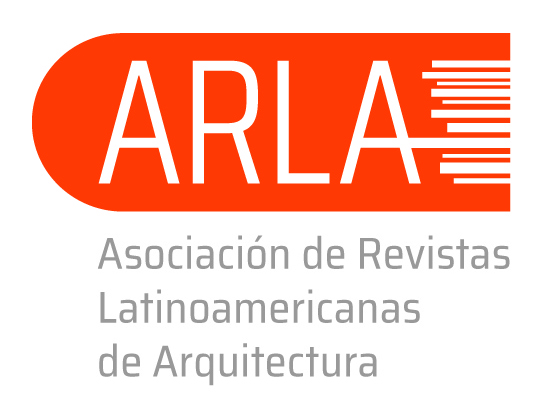Chromatic atributtes and aesthetic evaluation of the historical buildings
DOI:
https://doi.org/10.14409/ar.v1i4.4424Keywords:
color; empirical aesthetics; environmental perception; historical heritage; historical styleAbstract
The paper focuses on the investigation of factors related to chromatic issues, which affect aesthetic evaluation of historical heritage of different styles, located in historical sites in the State of Rio Grande do Sul, Brazil. To establish the basis for this research, the concept of chromatic typology of historical style was defined and used to identify the models with specific chromatic attributes corresponding to historical and non–historical colors. The aim is to unveil the aesthetic appreciation of historical buildings according to inhabitants’ perception and evaluation. The research included the data collection of colors for three building groups according to selected style, namely, colonial, eclectic and pre–modern styles. Respondents’ evaluation was measured through 280 questionnaires containing photographic images of 20 historical buildings and 60 chromatic schemes systematically organized. Color significance was verified using formal and symbolic variables related to both old buildings and chromatic schemes. The specific characteristics, such as chromatic component, type of structuring and complexity of color composition, were determined to clarify the differences in evaluation of the painting schemes for each style. The attributes, which provide a positive aesthetic evaluation and contribute to perception of aesthetically qualified environments in historical areas, were revealed.
Published
How to Cite
Issue
Section
License
ACCESO ABIERTO
ARQUISUR Revista es una publicación de acceso abierto y sin ánimo de lucro. No se imputan cargos por la recepción, revisión, evaluación, publicación ni acceso a sus contenidos. Se distribuye bajo una Licencia Creative Commons CC Atribución-NoComercial-SinDerivadas 4.0 Internacional (CC BY-NC-ND 4.0): No se permite un uso comercial de la obra original ni la generación de obras derivadas. Esta licencia no es una licencia libre, y es la más cercana al derecho de autor tradicional.
DESCARGO
Los criterios expuestos en los artículos son de exclusiva responsabilidad de sus autores y no reflejan necesariamente la opinión del Comité Editorial ni de la Dirección Editorial Técnica. Los derechos de los artículos publicados pertenecen a sus autores o editoriales. Los autores ceden sus derechos de publicación al Centro de Ediciones de la Universidad Nacional del Litoral de Santa Fe, Argentina.














